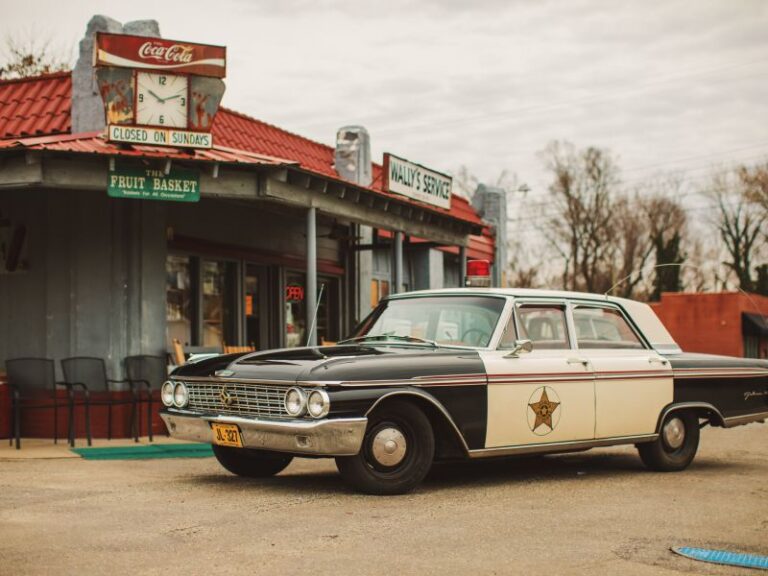Bonanza, More than Just the First TV Show in Color

When “Bonanza” made its debut on NBC in 1959, the television landscape was dominated by a monochrome world. It was amidst this grayscale sea that “Bonanza” emerged, splashing our screens with a spectrum of hues. The use of color was more than mere aesthetics; it breathed life into the panoramic vistas of the Ponderosa Ranch and imbued the characters’ journeys with palpable depth.
At the helm of the Cartwright family, led by the patriarch Ben Cartwright, played by Lorne Greene, “Bonanza” eschewed the traditional archetypes of Western shows. The Cartwrights were a formidable force of familial bonds, a united front against the adversities of the untamed West. Each son – the stalwart Adam (Pernell Roberts), the impetuous Hoss (Dan Blocker), and the impish Little Joe (Michael Landon) – brought distinct personalities that harmonized in both conflict and camaraderie.
Yet, it was the nuanced storytelling that truly set “Bonanza” apart from its predecessors. In the vast frontier of the West, where law and order were tenuous at best, the show explored complex themes of morality, justice, and the human condition. Beneath the veneer of shootouts and cattle drives, “Bonanza” delved into the hearts of its characters, unraveling the intricacies of their virtues and flaws.
Much like the Western landscapes it portrayed, “Bonanza” evolved and adapted to the shifting cultural tides. The show confronted issues of race, equality, and social justice with a deft hand, using its expansive canvas to challenge prevailing norms. By defying stereotypes and presenting multifaceted characters, “Bonanza” not only entertained but also acted as a reflection of the societal changes unfolding during its run.
The ensemble cast was nothing short of exceptional, their performances breathing authenticity into each episode. Lorne Greene commanded the screen with gravitas, embodying Ben Cartwright as the embodiment of wisdom and integrity. Pernell Roberts’ Adam was a stoic enigma, grappling with the complexities of his role as the oldest son. Dan Blocker’s Hoss exuded warmth and sincerity, endearing himself to viewers of all ages. And Michael Landon’s Little Joe was a whirlwind of charisma and mischief, leaving an indelible mark on the hearts of audiences.
However, it would be remiss not to acknowledge the magnetic charm of the show’s setting – the Ponderosa Ranch. With its sprawling landscapes and captivating scenery, the ranch became a character in its own right. The rugged beauty of Lake Tahoe served as an ever-present backdrop, setting the stage for the Cartwrights’ adventures and imbuing the show with a sense of majesty.
As “Bonanza” rode into our homes in living color, it harkened a new era in television history. Beyond its technical achievements, the show’s cultural significance cannot be overstated. It pioneered the way for other Westerns to embrace color, ushering in an era where the small screen would come alive with vibrant hues.
“Bonanza” not only blazed a trail for future Westerns but also proved that television could be more than just a medium for entertainment. It demonstrated the power of storytelling to bridge the gap between generations and address the timeless themes that resonate with humanity. As viewers, we were invited to journey alongside the Cartwrights, to the heart of the West, and to the heart of ourselves.
In the landscape of television history, “Bonanza” stands as a testament to the potency of the Western genre and the art of storytelling. Like a vivid brushstroke on a canvas of black and white, “Bonanza” brought color to our lives, forever leaving an indelible legacy in the hearts of its audience.



